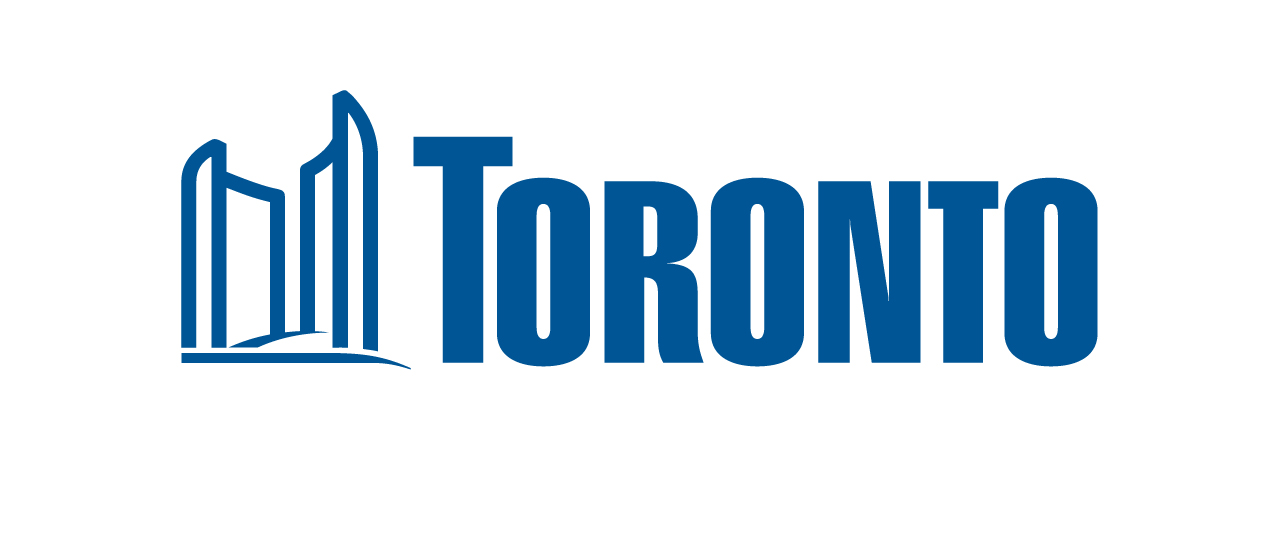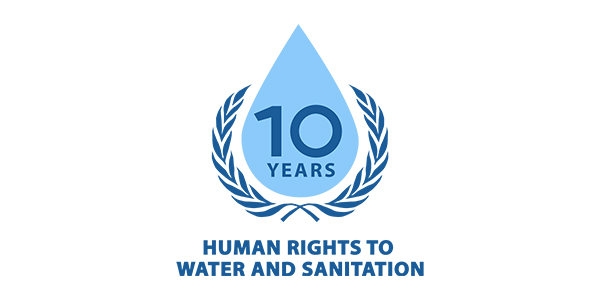
Access to Water in Canada
Economic Perspective

Bottled Water Companies
Money is the main reason for the livelihood of the bottled water companies.
Their perspective on this case is influenced by how much net profit they rake in regardless of the pollution.
Nestlé chief executive Peter Brabeck-Letmathe stated, "The idea of have water as a human right is "extreme" in an interview revealing that the perspective they have on water is that it's a luxury, not a necessity.

The international water-bottle association, a organization which promotes the selling and usage of water bottles as long as the bottles are recycled believes that it's fine for bottled water as long as it's recycled correctly.
Quote:
"IBWA actively supports comprehensive curbside recycling programs and partners with other beverage and food companies, municipalities, and the recycling industry and seeks to educate consumers and reduce litter."

Indigenous Business Development
Having more access to water allows the Indigenous Business Development to better aid their community. The Indigenous Business Developments needs money to help those who have no water, these being the building of city water treatment plants in reserves and water scarcity areas.

Picture of Water Treatment Plant retained by Naicatchewenin First Nation
From a economic viewpoint, having access to water allows more businesses to prosper.
Having clean and fresh access to water reduces the total health cost and premature deaths allowing for healthy workers in the area which in turn leads to a more joyful and prosperous community.
What Benefits From This:
* The community could sell water to the locals a cheap reliable price
* Farmers in the community
* Healthy employees
Political Perspective

City of Toronto (municipal)
The City of Toronto has a computerized method of distribution of water. Aiming to provide quality water in all areas of Toronto.

Quote from the water in the City of Toronto:
* Four water treatment plants
* Almost two dozen pumping stations and filtration plants
* 11 underground reservoirs
* Four elevated storage tanks
* More than 6,000 km of watermains
How Water is Distributed in the City of Toronto:
* Toronto is split into 6 pressure zones
* Pressure zones are divided into 13 pressure districts
* Distribution is monitored and issued based on demand
* Excess water is stored in tanks and reserves in case of emergency use
The City of Toronto has stated that they follow a complex water treatment process and the water in the city goes through continuous testing everyday.
The City of Toronto's tap water is regularly tested for signs of bacteria.
Quote:
Toronto Water’s accredited lab:
* Tests drinking water every six hours
* Conducts more than 20,000 tests at the water treatment plants annually
* Conducts 15,000 bacteriological tests on samples collected from the water distribution system annually

Government of Canada (Federal)
In 2015, Trudeau was eager to solve the water crisis
by March 2021 but failed to provide the necessities to the First Nations.
The Federal government brought the water advisories in 2015 from the 100s to double digits.
The Liberal Party has stated:
* They’ll finish the job they didn’t get done in previous terms in Parliament (aka: clean water)
* “Any investments necessary to eliminate all remaining advisories.”
The Liberal Party, also controlled by Trudeau have suggested a new way to provide safe water for the citizens.
Public-Private Partnerships (P3s, PPP).
Public-Private partnership advantages:
*A partnership between the public sector and the private sector
* Management and financial skills allow for better value for money.
* Allows for easier increase of quality and efficiency for public services.

Indigenous Government (eg. Band Councils, Assembly of First Nations)
The Assembly of First Nations have repeated multiple times on the topic of water that it plays a huge role in their culture.
'First Nations are seeking the recognition of their authorities over water and require resources to build capacity to advocate for our water rights.'
Federal Indigenous services minister, Marc Miller strongly despises the copious amounts of water advisories in Canada and has dedicated towards water infrastructure to battle this.
Interview Quotes (On Water Advisories)
“When it comes to communities, we’ve made the effort to be quite clear to Canadians and Indigenous peoples that we continue to be dedicated to it well past March, 2021, and well past 2026,”
“It’s unacceptable in a country that is financially one of the most wealthy in the world, and water rich, and the reality is that many communities don’t have access to clean water,”

United Nations (International)

The United Nations recognizes water as a human right. It recognizes the problem and is requiring the government to make changes so that water is accessible and safe.
The UN also recognizes waste in the sea, by 2030 they want to reduce pollution and minimize hazardous chemicals and materials.
Goals the UN Wants to Achieve before 2030 (Quote):
* Equitable and accessible water that is safe and affordable for every person.
* Reduce water pollution from big corporation companies
* Implement integrated water source managements

Lastly, the United Nation's would like to restore the water related ecosystems by 2020 to further help the access to water wildlife has as well as small communities.
Water-Related Ecosystems the UN would like to restore:
* Mountains
* Forests
* Wetlands
* Rivers
* Aquifers and lakes
Social Perspective

Indigenous Peoples of Canada
First Nations have different perspectives of having access to water than regular civilians of Canada. Reportedly, the First Nations haven't had a reliable source of clean water in almost a quarter of a century.
“It’s unbelievable – and it’s also about damn time,” Vernon Redsky, chief of Shoal Lake 40 First Nation, told reporters
Views on water (First Nation):
Our traditional activities depend on water for:
* Transportation
* For drinking
* Cleaning
* Purification
* Provides habitat for the plants and animals we gather as medicines and foods.
"Our ability to access good water shapes these traditional activities and our relationships with our surroundings." - Assembly of First Nations
“The emotional and spiritual damage of not having clean water, having to look at all of the water surrounding us on a daily basis and unable to use it, is almost unquantifiable,” said Chief Emily Whetung of the Curve lake First Nation. Believes that action needs to be taken for water treatment plants .

Background from Chief Emily's Quote:
A forested community in southern Canada named Curve Lake First Nation, is surrounded on three sides by fresh water.
Due to the crumbling of infrastructure and waterborne illness, the community was limited to shipped bottled water. Because of this, an upset has occurred from the newly elected chief, aged 34. who lived her life without the guarantee of clean water from the tap.
Video from Chief Emily on plans regarding water treatment plants and potential building in Curve Lake First Nation.
Autumn Peltier, Chief Water Protector of the the Anishinabek Nation and advocate for clean water. Raises awareness for clean water in Canada, and helps to ensure that communities have clean and safe water to drink.

Autumn Peltier on clean water

Autumn Peltier on bacteria infected food and water.
The teen fighting to protect Canada's water — meet Autumn Peltier
Citizens of Toronto
The citizens of Toronto have a large variety in terms of access to water. Coming from my perspective, the water I drink hasn't caused any problems to me and I can practically find water anywhere I go.
Similarly to the Political Perspective, the Civilians of Toronto have a very simple way of getting clean fresh water.
This is due to the complex piping system in Toronto as well as it's water distribution pressure districts,
In terms of general water access in Canada, 75% of Canadian's are served through a municipal system which is ensured by the City of Toronto to be above standard in terms of drinking.

Advocates for Water Equality
Autumn Peltier, a water-rights activist stands for the equity and cleanness of water around Canada. At the age 17, she is an advocate for water reserves in Canada and famously known for spreading the news.

Quote
"Autumn Peltier has fought for the right of people to drink clean water, whether on reserves in Canada or in the developing world."
Josephine Mandamin a world renowned water-rights activist and fellow survivor of residential schools, was famous for performing an act similar to that of Terry Foxes.
Josephine walked around the Great Lakes from 2003 to 2017 which brought awareness regarding the problems of water pollution and on the numerous problems regarding Indigenous reserves in Canada.

Josephine, on the importance of water to the Indigenous People.
Nokomis Josephine Mandamin - Anishinaabe Water-Walker, Elder, Teacher & Leader
Environmental Perspective

Ecologists and Water Scientists
Ecologists require fresh water to help further understand how biotic and abiotic wildlife could create a sustainable habitat in the community.

Why This is Important:
* They study freshwater ecosystems, which is important because they provide us with not only water for drinking, but for energy and transportation.
The perspective scientists have on water are in my opinion similar to that of an ecologist, they want to help the world by fighting the water sanitation and scarcity problem. The only way to do that though is to first have access to water.
Why This is Important:
* Allows for most cities to have fresh waters
* Helps fisheries
* Helps with sanitization
* Helps with manufacturing and power storages
Having access to clean water is amazing, it helps with these factors and through helping with this, allows for communities to prosper and grow.
Scientists like those of Christiana Z, Peppard, explain to us on how crucial water is, how much water there are to be used on the world explaining just how important getting access to water is.

Chirstiana Z. Peppard
What are some solutions?
Military Budget Cut
Benefits of Cutting the Militaries Budget:
* Only need a few percent of the 23.3 Billion dollar budget the Military's has
* Large budget to pick from (Military has over 23.3 Billion in budget)
* Doesn't harm cities or provinces
* Doesn't cause polution
Drawbacks of Taking out of the Militaries Budget:
* Canada won't be as strong if war was to occur
* This means cutting back on a certain section which could lead to protests due to wage cut (workers getting laid off)
A portion of taxes collected in Canada goes towards helping the Indigenous
Benefits of This Solution:
* No difference in tax, civilians don't experience any major change (no need to pay more)
* Canada's tax revenue is pretty considerable so only a small percentage of tax actually needs to be taken from what we civilians pay (Won't interfere as much with other uses for the tax)
Drawback of Using Tax for the Indigenous People
* People might not be content especially if some have different opinions on the Indigenous
* Depending on how much money the Indigenous actually need, tax prices have a possibility of increasing (Similar to how oil prices skyrocketed)
